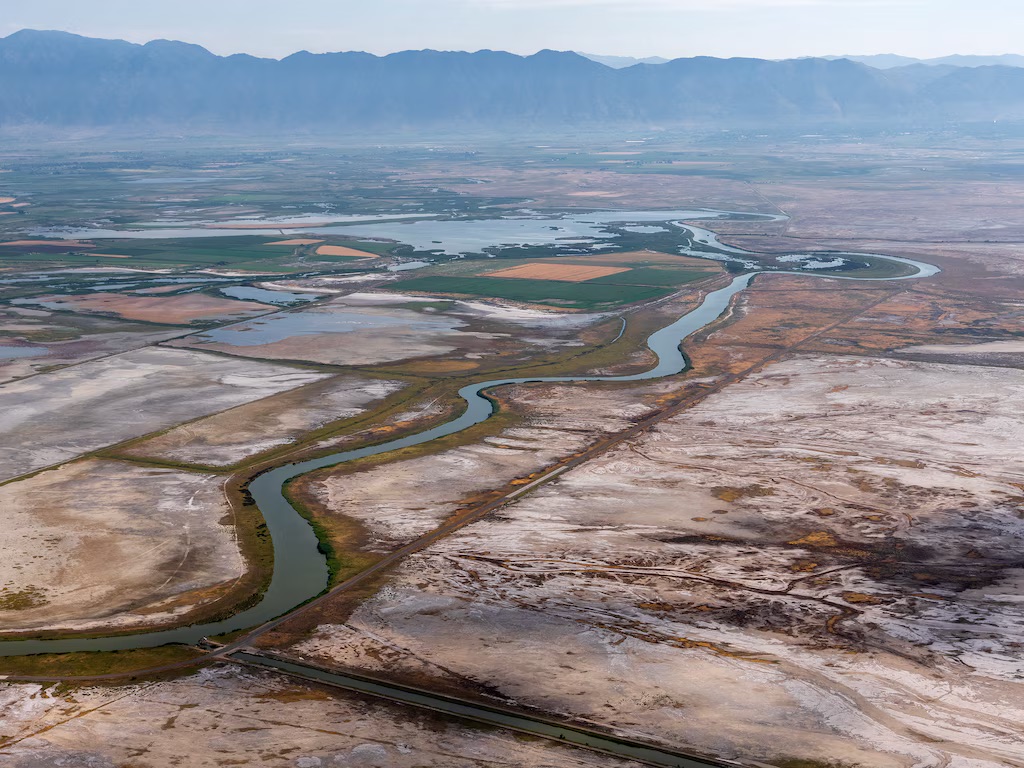Bear River Water Management Modeling
Advance the representation of groundwater in a water management system model for the Bear River Watershed
Summary

Human activity-induced changes in streamflow significantly affect the levels of the Great Salt Lake (GSL). Groundwater is a major contributor to the streamflow in the GSL’s watersheds. While water management models are regularly employed in the GSL basin, they often overlook or inadequately represent groundwater aquifers. This project aims to enhance groundwater representation in these models and assess the impact on the long-term availability of water and its inflow to the GSL. We will focus on the Bear River Watershed (BRW), the GSL’s largest tributary, as our primary area of study. The project has two main objectives: 1) to develop an integrated water management and hydrologic model using the Water Evaluation and Planning system (WEAP) for the BRW; and 2) to create a coupled WEAP and MODFLOW model for the BRW to assess the resilience of the water system in the face of climate change. The expected outcomes of this project include improved modeling of groundwater and surface water interactions and enhanced conjunctive water management and governance within the watershed. Additionally, this work will support long-term strategic planning in the GSL basin, enabling policymakers to better adapt to climate change and mitigate its potential effects.
Funding Agency:
U.S. Geological Survey (USGS) Water Resources Research 104b Program through the Utah Center for Water Resources Research (UCWRR) at Utah Water Research Laboratory
Team:
Pin Shuai, Utah State University (PI)
Pamela Claure, Utah State University (PhD student)
Duration:
09/01/2024-08/31/2025
Total Funding:
$32,000